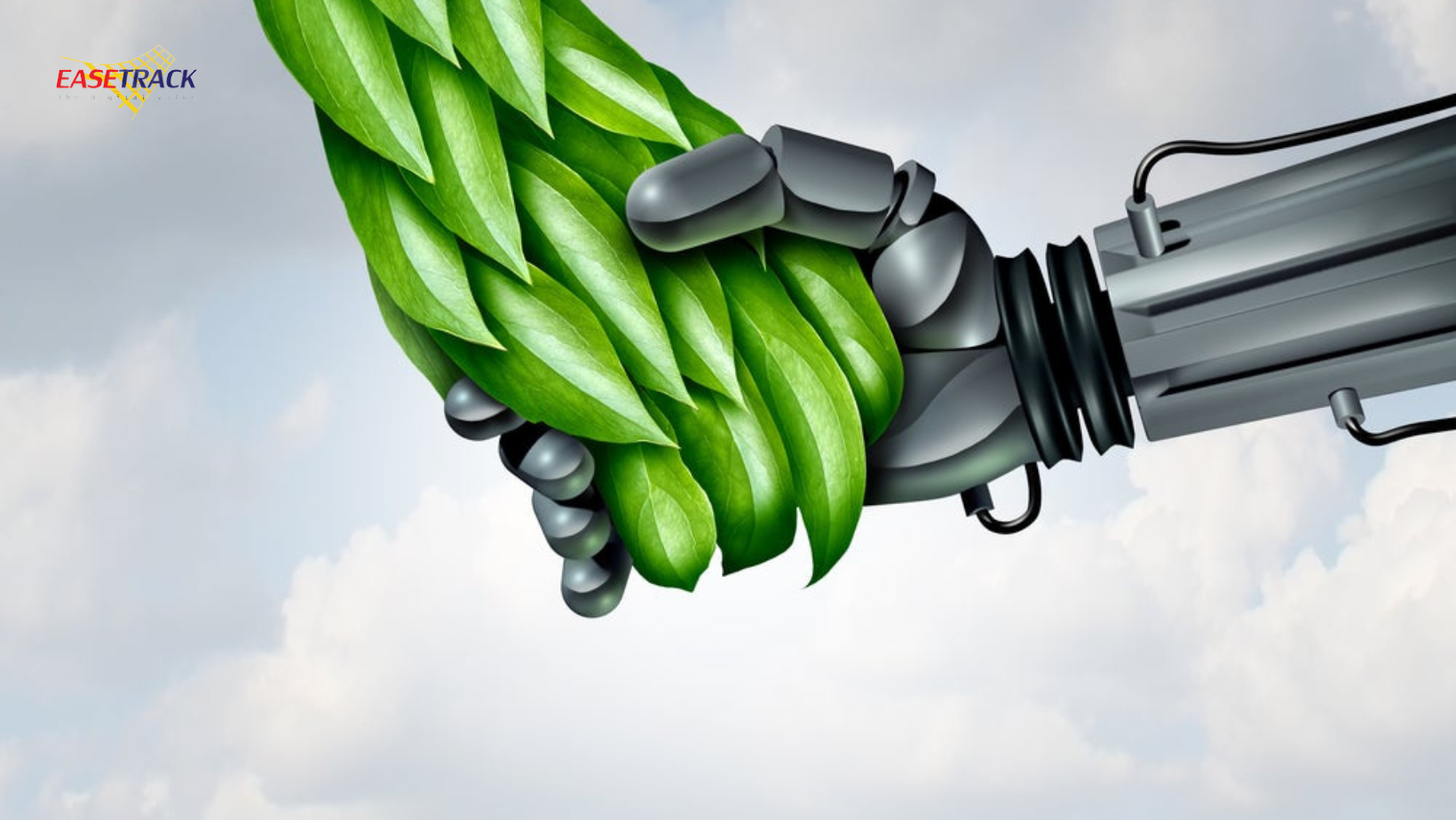
AI and Nature: A Parallel Evolution of Intelligence and the Natural World
In this digital age of rapid technological advancement, one of humanity’s most powerful innovations is Artificial Intelligence (AI). At first glance, AI may seem completely disconnected from the natural world, built by machines, rooted in code, and driven by data. However, AI and nature are more deeply intertwined than they appear. In many ways, AI draws inspiration from nature, learns from it, and increasingly becomes a tool that could help preserve and restore the environment.
Inspired by Nature: The Seed of Artificial Intelligence
Human efforts to develop AI are often rooted in attempts to replicate natural intelligence. Many core concepts in AI are inspired by living organisms and natural systems, such as:
1. Artificial Neural Networks
Modeled after the structure of the human brain, which is composed of billions of interconnected neurons. Neural networks allow AI systems to “learn” from data by recognizing patterns and making decisions.
2. Genetic Algorithms
Inspired by biological evolution, these algorithms use mechanisms like selection, mutation, and crossover to iteratively improve solutions to complex problems—mimicking the process of natural selection.
3. Swarm Intelligence
Based on collective behavior seen in nature—such as flocks of birds, schools of fish, or ant colonies—swarm-based AI systems can solve problems through decentralized collaboration without the need for a central leader.
4. Reinforcement Learning
Inspired by how animals (and humans) learn from experience through trial and error, this type of AI adjusts its behavior based on rewards and punishments to reach optimal outcomes over time.
AI for Conservation: Technology as Nature’s Ally
AI is not only learning from nature—it’s also being used to protect and nurture it. Across the globe, AI is now being applied to environmental and conservation efforts with remarkable results:
– Monitoring Biodiversity
AI systems analyze soundscapes in rainforests to identify the presence and diversity of animal species, helping researchers track populations and detect species at risk of extinction.
– Preventing Poaching
Motion-sensitive cameras equipped with AI can distinguish between wildlife and human intruders, alerting rangers in real time to prevent illegal hunting.
– Tracking Deforestation
AI can process satellite or drone imagery to detect illegal logging activities and environmental changes in forests at a highly detailed and real-time scale.
– Predicting Natural Disasters
By analyzing massive amounts of data—such as weather patterns, water levels, or seismic activity—AI can forecast natural disasters like wildfires, floods, or landslides with greater accuracy and speed.
Ethical Challenges: When AI Becomes a Force Beyond Nature
While AI holds great promise for environmental protection, it also raises ethical concerns. What happens if AI is used in ways that harm the environment instead of preserving it?
-
Using AI to intensify industrial agriculture without regard for soil health, water systems, or biodiversity.
-
Mining natural data without permission or benefit-sharing with indigenous communities or local stakeholders.
-
Building and running AI systems that consume vast amounts of natural resources—energy, minerals, and water—without sustainability measures.
The ethical dimension of AI development is critical. Without careful consideration, AI could become yet another tool of exploitation rather than restoration.
A Vision for the Future: Harmonizing Intelligence and Nature
Imagine a future 20 years from now: forests managed by AI that monitors ecosystem health; farmers using precision AI tools to grow crops without harmful chemicals; smart cities that reduce pollution and optimize energy; AI systems that decode animal communication to foster interspecies understanding.
This is not science fiction. Many of these developments are already underway. With the right vision and responsible use, AI could become a bridge—not a barrier—between human progress and the preservation of the natural world.
Conclusion
AI and nature are not opposites. They are potential partners in creating a more sustainable future. By drawing inspiration from nature, learning its patterns, and aligning technology with ecological values, we can ensure that artificial intelligence becomes a force for balance, not disruption. With wisdom, responsibility, and empathy, AI can help us not only understand nature more deeply—but protect and restore it for generations to come.
